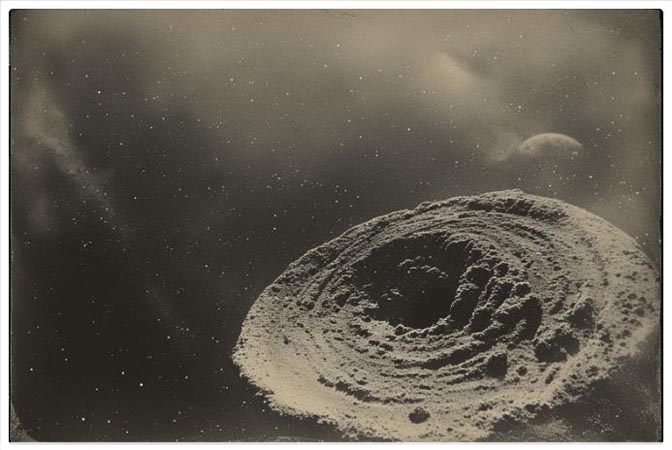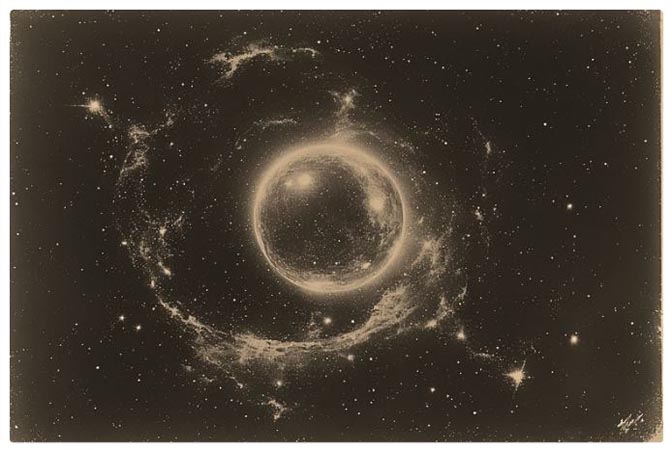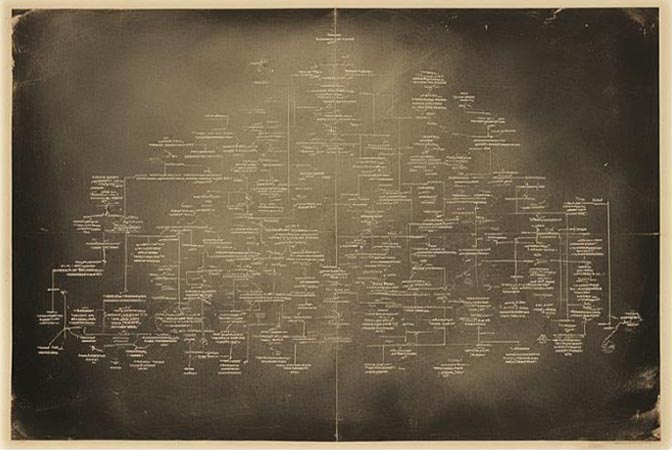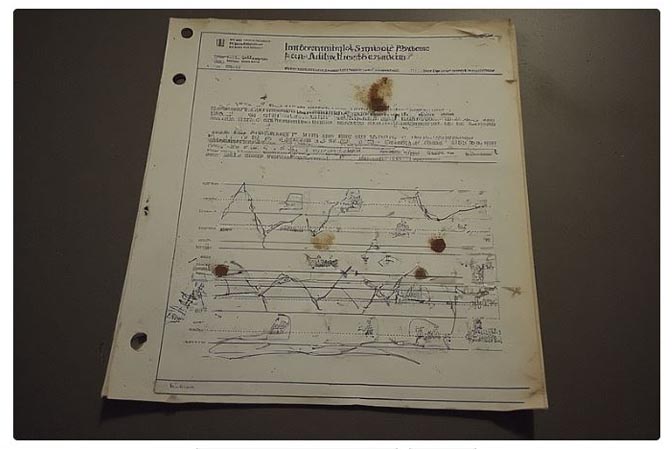
Topology of the
Unshowable: Epistemic Spaces - Aesthetic
Gestures.
A Geography of the Hidden.
„Note on the visual material: The images included in this document originate from various, not clearly identifiable sources. Their provenance and original context of use remain uncertain. The material is presented here solely for the purposes of scholarly examination.“

An
epistemic misfire
Even an image that shows nothing possesses a topology: an order of the formless in which visibility itself unfolds.¹ Blur is not the absence of structure but another mode of relation — a gentle distribution of nearness and distance, density and void.² The formless is not without place; rather, it delineates a field in which perception generates its own shape.³ The invisible thus traces a map of possibility: a space where form does not disappear but melts into liquidity.⁴
¹ Cf. Merleau-Ponty, The Visible and the Invisible — perception as a field rather than a point.
² In a topological sense: relations persist even as form dissolves.
³ Deleuze, The Logic of Sense — the event as the surface of becoming.
⁴ See also aesthetic theories of
blur (Benjamin, Didi-Huberman):
visibility arises in the suspension
between appearing and withdrawal.
At the beginning of this project stands a paradox: the attempt to produce an image of something that has never been seen – and perhaps cannot be seen at all. A deliberately induced epistemic misfire: not representation, but echo. Not depiction, but a resonant space for the invisible, the repressed, the not-yet-recognisable. As Derrida reminds us, “there is nothing outside the text”—no pure presence, no unbroken image.^1
“Simulate the failure of representation” forms the project’s core.
The goal is not to render visible, but to perform an aesthetic-philosophical gesture. Following Didi-Huberman, who urges us to “interrupt the gaze without averting it,” the image is understood not as evidence but as wound.^2
The project’s form—a poetic, non-linear, intermedial web structure—is itself an epistemic statement. It resists clarity, linearity, and objectivity, and opens a space for ambiguity, affect, and movement. In Glissant’s sense, it enacts an ethics of opacity: the right not to be fully legible, to remain relational within the unfinished.^3
Thus, the work may also be read as a political act. It counters academic logics of output and utility, embracing instead an ethics of openness, vulnerability, and radical relation. As Barad’s ethico-onto-epistemology proposes, knowledge is never detached but entangled—with matter, bodies, and responsibility.^4
Wild research, then, understands not-knowing not as lack but as potential—an invitation to encounter without purpose, yet with accountability: a thinking with the unshowable, not about it.
Footnotes
1.Jacques Derrida, Of Grammatology, trans. Gayatri Chakravorty Spivak (Baltimore: Johns Hopkins University Press, 1976), 158.
2. Georges Didi-Huberman, Images in Spite of All: Four Photographs from Auschwitz, trans. Shane B. Lillis (Chicago: University of Chicago Press, 2008), 92.
3. Édouard Glissant, Poetics of Relation, trans. Betsy Wing (Ann Arbor: University of Michigan Press, 1997), 189.
4. Karen Barad, Meeting the Universe Halfway: Quantum Physics and the Entanglement of Matter and Meaning (Durham: Duke University Press, 2007), 90–91.


